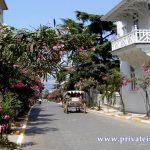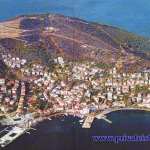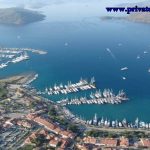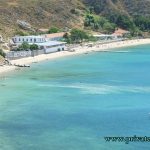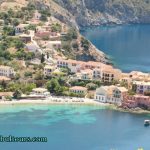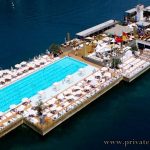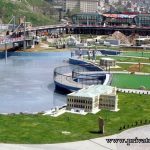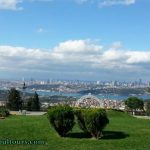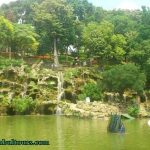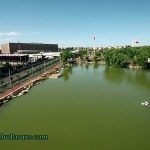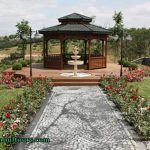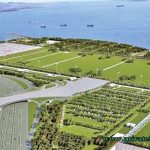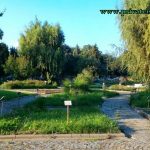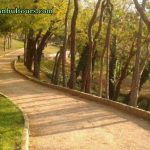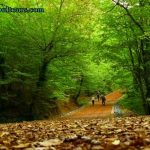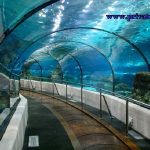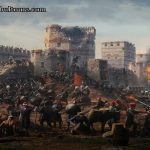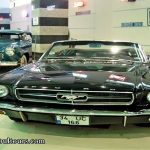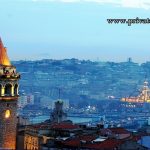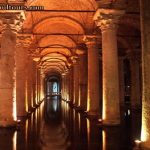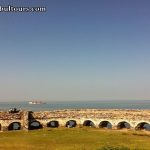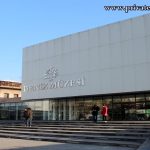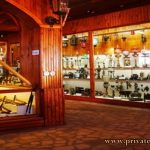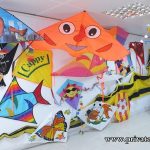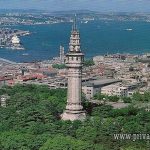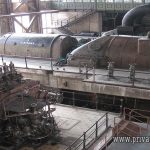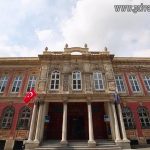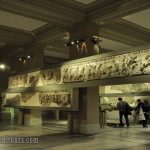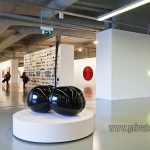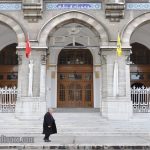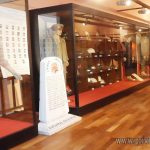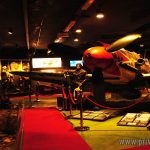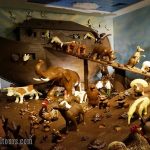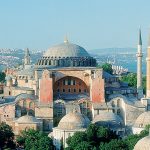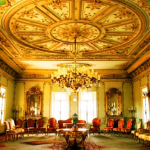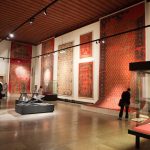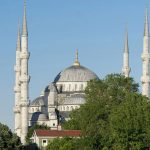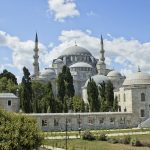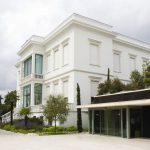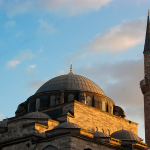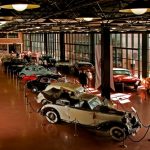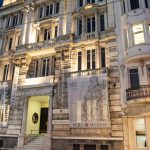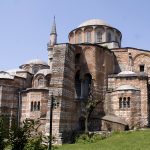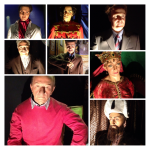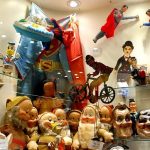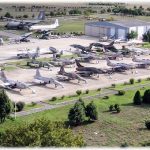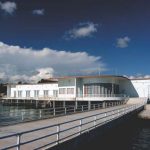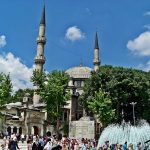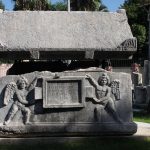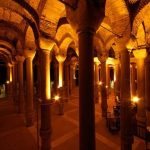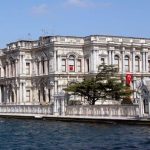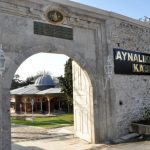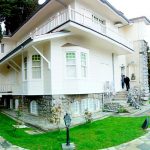Chora Church (Kariye) Museum and Yedikule Museum in Istanbul,
Kariye Mosaics:
The Kariye Mosaics Museum is in Kariye Mosque, a former church, which is situated by Edirnekapi in Istanbul. The church was built originally between 1118 and 1143 in the Byzantine period by Maria Dukaina and was repaired and enlarged after the Latin invasion. Most of the mosaics remaining today belong to the Byzantine period. Those in the outer narthex depict the life of Jesus, while those in the inner narthex depict the life of the Virgin Mary. On the Khalke Jesus panel are pictures of Jesus, Mary, Prince Isaakios, Komnenos and a prince of the Palaiologos, and on the inner surfaces of the arches and domes are depicted prophets of the Old Testament and Christian saints. After the conquest of Istanbul the church was turned into a mosque by Atik Ali Pasha and in recent years it
Yedikule Museum:
Yedikule Fortress forms part of the walls of Istanbul. Emperor Theodosius II built walls on either side of the Victory Arch built by the Byzantine Emperor Theodosius I joining it to the city walls and then had 4 towers built there. After the conquest of Istanbul, Sultan Mehmed the Conqueror had 3 more tall towers built here, bringing the number to seven. During the Ottoman period these towers were used as a treasury and arms depot, and later as a prison. Yedikule (Seven Towers) was the scene of many historical events such as the drowning of the Sultan Young Osman. In recent years Yedikule was repaired and opened as a museum.
The Museum of Turkish Written Arts:
The museum is in the Sultan Selim Medrese on Vatan Boulevard, which is known as the Halicilar Kosku Medrese.
Exhibited in the museum are examples of writing in Arab script which was developed by the Turks, particularly the calligraphers of the Ottoman period, into an art form. Examples of handwritten Korans, diplomas, ciphered edicts and patents, inscriptions and of different types of writing in Arab script, including Persian, Cufic, Reyhani, Siyakat and Rik’a fill the seven rooms of the museum, together with inscriptions and writing of famous Turkish calligraphers, ivory, and mother of pearl inlaid lecterns, the cover from the sepulchre of Mohammed on Medina, Saxon vases etc. Imperial Pavillion
Imperial Pavillion Museum:
Yenicami Imperial Pavillion is next to Yenicami in Eminonu, Istanbul. Yenicami (New Mosque) and the Imperial Pavillion whose construction was begun by Safiye Sultan, the mother of Sultan Mehmed III and completed by the mother of Sultan Mehmed IV, Turhan Sultan, in 1663, are of great value both architecturally and as works of decorative art. The Imperial Pavillion is a masterpiece with its XVIII century Turkish tiles, inscribed friezes, tiled stoves, doors inlaid with mother of pearl and tortoise shell, and carved wooden ceilings.




















































































































